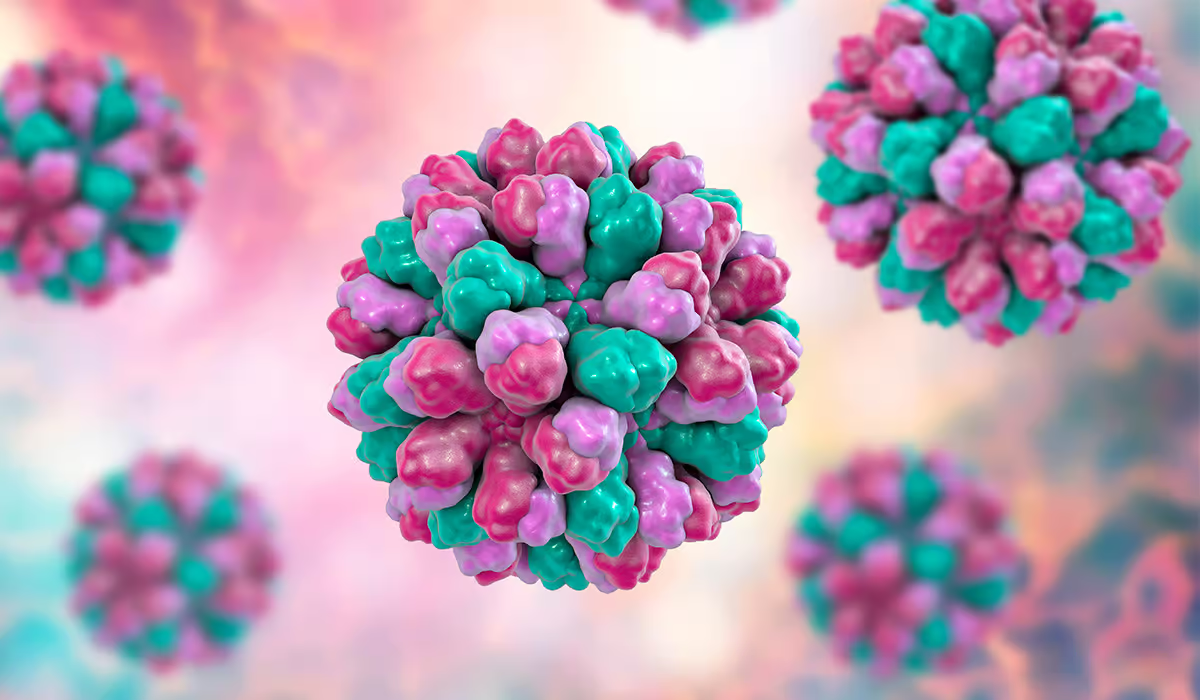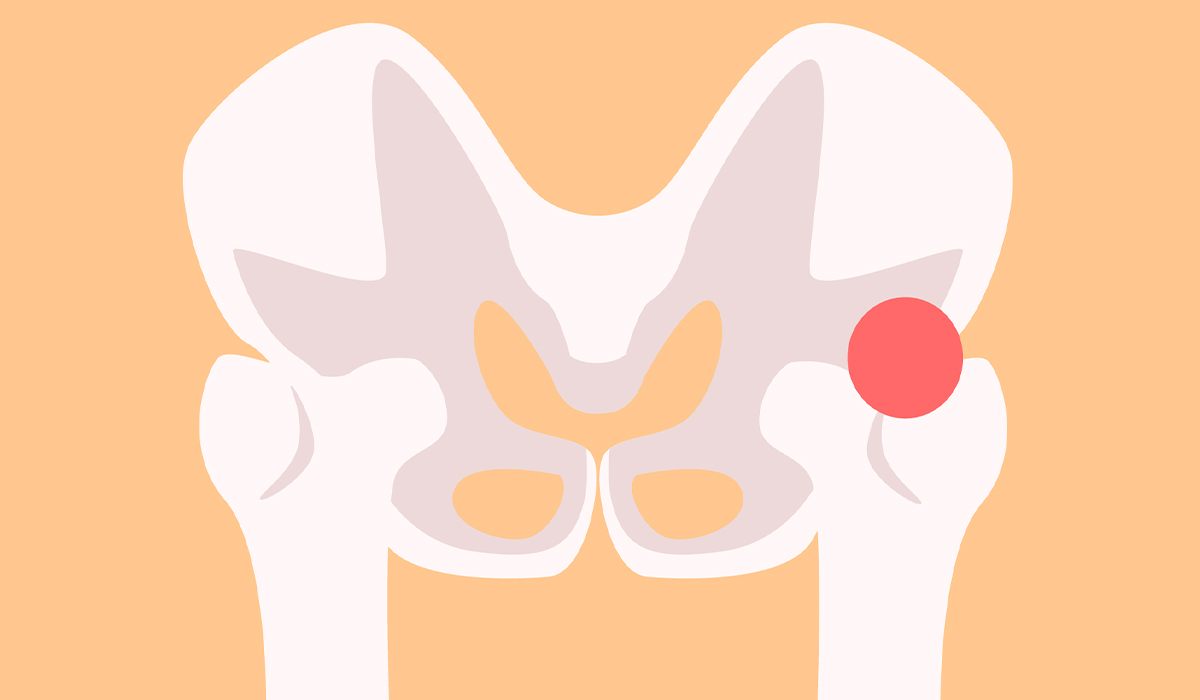Tonsil Stones was an inconspicuous condition that often went under the media’s radar. Tonsil stones are getting more popular, with awareness being raised in the online medical press and social media.
The number of web searches related to tonsil stones has yet to break the uptrend, which tells us that this condition is not as gentle as it seems, making many worry about their health. Continue reading our article to learn more about the debris formations of the tonsils, how they affect your health, and what you need to do to treat them.
Causes
Tonsil stones form if the debris gets trapped in the tonsillar crypts – deep gaps and crevices occurring on the surface of tonsils. The material that gets inside can calcify and harden, leading to the formation of tonsil stones. Material and debris that can get inside the tonsillar crypts include:
- Food
- Bacteria
- Fungi
- Calcium
Risk Factors
Tonsil stones can affect anyone but are more often observed in teens. Scientists need to fully understand why tonsil stones happen and which factors increase the chance of their formation. As the studies continue, several factors are suspected to make some people more likely to develop tonsil stones. These include:
- A higher number of tonsilar crypts (holes in the tonsils)
- Tonsils larger than average
- Poor or lack of dental hygiene
- Inflamed tonsils (chronic tonsilitis)
- Chronic sinus issues

Complications
Tonsil stones are harmless in most situations and rarely lead to the development of additional health issues. The possible but uncommon tonsil stone complications include the following:
- Halitosis: Halitosis is an oral health issue that causes bad breath. It occurs if the bacteria multiplies within the tonsil stone.
- Tooth decay: Cavities or holes that form on the surface of teeth are known as tooth decay. These usually happen due to poor dental hygiene and having too many sweets or sugary drinks, but they can also result from bacteria proliferation inside the tonsil stone. However, there is little evidence to confirm the link between tooth decay and debris formations on tonsils.
- Gum disease: Bacterium responsible for tonsil stones may also cause gum disease and oral infections.
- Tonsil tissue damage: If the formations are large, tonsil stones may damage the tissue of the tonsils, causing infection, inflammation, or swelling.
Warning Signs and Symptoms
Tonsil stones rarely cause severe health problems. These are usually harmless and don’t require medical attention. For many people, they don’t cause any issues at all, even if they grow to a large size. For the rest, the primary complaints are discomfort and trouble swallowing.
The chance of experiencing symptoms is higher when the tonsil stones are larger. The possible outcomes of this condition are as follows:
- Throat pain
- Bad breath
- Difficulty and discomfort during swallowing
- Irritating cough
- Ear pain
- Tonsil swelling
- White debris on the tonsil
Smaller tonsils are more difficult to spot. You can recognize them as a white or yellow speck on the tonsil. Large debris is usually easy to spot as it sticks out visibly from your tonsils.

Diagnosis and Tests
Tonsil stones don’t pose a diagnostic challenge for healthcare professionals. In most cases, their presence can be confirmed during a physical exam. Tonsil stones that are difficult to spot because of their size or location require MRI or CT scans to diagnose.
Sometimes tonsil stones are diagnosed coincidentally, thanks to X-rays or during a dentist visit.
Conditions Similar to Tonsil Stones
Several health conditions may mimic the symptoms of tonsil stones. These include strep throat, tonsil cancer, and tonsilitis.
Strep Throat
Strep throat is an infection that is caused by a virus or bacteria. Common complaints of this condition are scratchy throat, fever, swollen lymph nodes, pain during swallowing, and rash.
If tonsil stones develop along with strep throat, they may cause swelling, irritation, and a sulfur-like smell coming from the stones.
Tonsil Cancer
Tumors and lesions formed due to abnormal cell growth in the tonsils are called tonsil cancer. Characteristic symptoms of this type of cancer are sores that don’t heal, difficulty swallowing, and blood in the mouth. If the tonsil stones are present, cancer is more likely to develop.
Tonsilitis
Tonsillitis can occur due to bacterial or viral infections. It causes inflammation of the tonsils, leading to symptoms similar to strep throat and tonsil stones. Coughing, ear pain, swollen lymph glands, and trouble swallowing are the most common complaints.
Treatment
If tonsil stones are small and cause mild symptoms or none at all, they don’t require treatment. Because this applies to most cases, no specific treatment strategies exist to eliminate tonsil stones. Natural remedies and adequate management of symptoms are the usual ways to bring tonsils to their healthy state.
Other treatments that involve antibiotics, surgical removal, cryptolysis, or tonsillectomy are used if the tonsil stones don’t disappear after a long time, despite treatment at home or cause severe issues.
- Antibiotics: Antibiotics are not commonly used against tonsil stones as they don’t prevent future stone formations on the tonsils. In some cases, they can help manage symptoms, especially if you develop a tonsil bacterial infection.
- Surgical removal: Tonsil stones usually fall out independently, but in rare cases, they may require surgery. It applies to debris larger than common tonsil stones, causing severe and persistent issues.
- Tonsillectomy: Tonsillectomy is a surgical removal of the tonsils. Your healthcare provider may recommend this procedure if you keep developing tonsil stones despite the efforts to prevent them from happening.
- Cryptolisis: In this procedure, tonsil stones are eliminated by vaporizing away holes, fissures, and cracks on the tonsils with a laser. This method makes tonsil stones less likely to occur again.
Treatment at Home and Management
Treatment of tonsil stones doesn’t require medical attention and usually takes place at home. Adequate management strategies and natural remedies are your primary weapons against this condition. All you need to do is to use the below methods to get rid of tonsil stones:
Rinsing with salt water: You can remove your tonsil stones by simply gargling using salt water. This method helps remove unpleasant odors from the stones, clear the debris from the tonsils’ fissures, and even dislodge the stones.
Coughing: Sometimes tonsil stones can be dislodged by solid coughing. It is possible because some debris is not well seated on the tonsils. Vibrations caused by a heavy cough make them come loose.
Cotton swab: Gargling and coughing are not always effective against tonsil stones. You may be tempted to use your fingers and try to remove them, but it is not a good idea. Tonsils are fragile organs and can be easily scratched and infected if you are not careful. Instead, use dampened cotton swabs and try to reach the stones to dislodge them.
This method is less safe than other strategies and should be consulted with a doctor first. Cotton swabs may help get rid of tonsil stones but also cause bleeding of the tonsils if you use them uncarefully. What is also important is that you shouldn’t try this method on a child.
Garlic: Another home remedy worth trying out is garlic. Its cloves do not only have an intense aroma but also antibacterial solid properties. To alleviate symptoms of tonsil stones, take one clove of garlic a day.
Preventing Tonsil Stones
To prevent tonsil stones, take these seven simple steps:
- Practice Good Oral Hygiene: Regularly brush your teeth and tongue to remove food particles and bacteria contributing to tonsil stones.
- Stay Hydrated: Drink plenty of water to keep your mouth moist and prevent debris accumulation in your tonsils.
- Use a Mouthwash: Rinse your mouth with an alcohol-free, antibacterial mouthwash to help reduce bacteria.
- Avoid Dairy Products Before Bed: Dairy can promote mucus production, contributing to tonsil stone formation. Avoid dairy before bedtime.
- Chew Sugar-Free Gum: Chewing sugar-free gum stimulates saliva production, which can help prevent tonsil stones.
- Regularly Check for Stones: Use a flashlight and a mirror to check periodically your tonsils for white or yellowish spots. If you see any, gently remove them with a cotton swab or heavy coughing.
- Consult a Doctor: If you frequently get tonsil stones or experience discomfort, consult an ENT specialist for possible treatment options.
Following these simple rules can reduce the risk of developing tonsil stones and maintain good oral health.
Key Facts
Tonsil stones are accumulations of debris that form on the surface of the tonsils and can cause symptoms like bad breath, sore throat, and difficulty swallowing. They form when debris gets trapped in the tonsillar crypts, deep gaps, and crevices on the surface of the tonsils. Materials that can contribute to tonsil stones include food particles, bacteria, fungi, and calcium.
Tonsil stones may lead to throat pain, bad breath, difficulty swallowing, cough, ear pain, tonsil swelling, and white debris on the tonsils. Smaller tonsil stones may appear as white or yellow specks.
Small or asymptomatic tonsil stones may not require treatment. Home remedies like saltwater rinses, coughing, and cotton swabs can help manage symptoms. Antibiotics, surgical removal, cryptolysis (laser treatment), and tonsillectomy (tonsil removal) are options for more severe cases.
Home treatment includes saltwater rinses, coughing to dislodge stones, and using dampened cotton swabs carefully. Garlic, with its antibacterial properties, is another home remedy to alleviate symptoms.
Sources
- Rachel MacPherson, Douglas M. Hildrew. (2023). What Are Tonsil Stones? Symptoms, Causes, Diagnosis, Treatment And Prevention.
https://www.forbes.com/health/conditions/tonsil-stones/ - Abdulrhman Alfayez, Meshal B. Albesher, et al. (2018). A giant tonsillolith.
https://www.ncbi.nlm.nih.gov/pmc/articles/PMC5938656/ - Jackie Anderson; Elizabeth Paterek. (2023). Tonsillitis.
https://hudder.com/wp-admin/post.php?post=7676&action=edit - NIH. (2019). How do the tonsils work?
https://www.ncbi.nlm.nih.gov/books/NBK279406/ - K. Yellamma Bai, B. Vinod Kumar. (2012). Tonsillolith: A polymicrobial biofilm.
https://www.ncbi.nlm.nih.gov/pmc/articles/PMC4529540/
